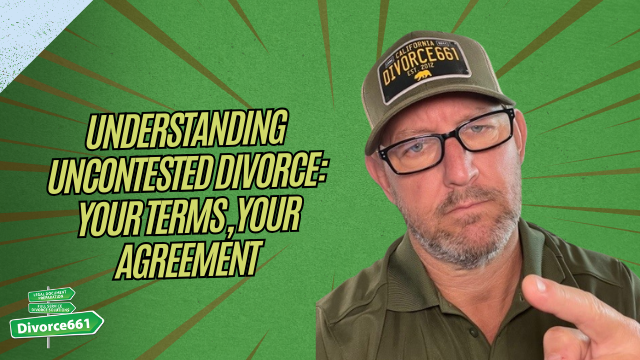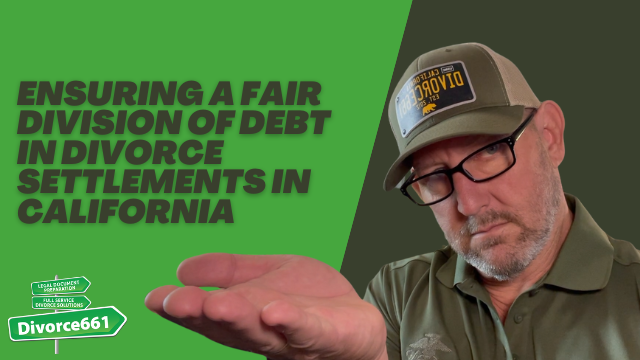How to Handle Divorce When You and Your Spouse Own Rental Properties
Divorce can be a daunting process, especially when rental properties are involved. If you and your spouse own rental properties, understanding how to navigate the division of these assets is crucial. In California, rental properties acquired during the marriage are typically considered community property, which means they are subject to equal division. Let’s explore the steps to ensure a smooth transition during your divorce.
Understanding Community Property and Rental Properties
In California, community property laws dictate that any rental properties acquired during the marriage belong equally to both spouses, regardless of whose name is on the title. This means that even if the property is solely in one spouse’s name, it is still considered a joint asset. Understanding this concept is essential as it sets the foundation for how rental properties will be divided during divorce.
Determining Property Value
The first step in dividing rental properties is determining their current market value. This involves assessing the following:
- Market Value: What is the property worth in today’s market?
- Mortgage Balance: What is owed on the property?
- Rental Income: How much income does the property generate?
- Expenses: What are the ongoing costs associated with the property?
Gathering this information will help you and your spouse make informed decisions about whether to sell the property, buy out the other spouse, or continue co-owning after the divorce.
Case Study: Dividing Three Rental Properties
To illustrate how rental properties can be managed during divorce, let’s consider a real client story. A couple owned three rental properties. Here’s how they navigated their situation:
- Sale of One Property: They decided to sell one property and split the proceeds equally. This provided immediate cash for both parties.
- Refinancing Another: They refinanced a second property so that one spouse could retain ownership. This involved adjusting the mortgage to reflect the new ownership structure.
- Co-Ownership of the Third: They agreed to co-own the third property for a few years, with a set timeline for when they would decide to sell it. This approach allowed them to maintain the income from the property while planning for the future.
At Divorce661, we managed all the paperwork involved in these transactions, ensuring that everything was handled smoothly and fairly.
Handling Rental Income and Expenses
How rental income and expenses are managed during the divorce is another critical aspect. Here are some key considerations:
- Rental Income: Who will receive the rental income during the divorce proceedings? It’s essential to establish clear agreements on how income will be divided.
- Mortgage Payments: Determine who will be responsible for making mortgage payments during the divorce process.
- Property Management: Decide who will take over property management duties, or whether to hire a property manager.
Having a clear plan in place for these aspects can prevent confusion and potential legal issues down the line.
Options for Division of Rental Properties
When it comes to dividing rental properties, you generally have three main options:
- Sell the Property: This is often the simplest solution, as both parties can split the profits equally.
- Buy Out the Other Spouse: One spouse may wish to keep the property and buy out the other’s share, which would involve refinancing the mortgage.
- Continue Co-Ownership: If both parties agree, they can continue to co-own the property and manage it together post-divorce. This option requires a detailed agreement to avoid future disputes.
Importance of Clear Agreements
Creating clear, enforceable agreements is vital when dividing rental properties. These agreements should outline:
- The division of rental income
- Responsibilities for mortgage payments
- Property management duties
- Timelines for selling or refinancing properties
Having these details documented can help prevent conflicts and ensure that both parties understand their responsibilities moving forward.
Final Thoughts
Dividing rental properties during a divorce doesn’t have to be overwhelming. With the right approach and professional guidance, you can navigate this process smoothly. If you and your spouse own rental properties and are considering divorce, contact Divorce661 for a free consultation. We’re here to help you protect your investment and finalize your case the right way.
Divorce is challenging, but with clarity and structured agreements, you can make informed decisions that benefit both parties. Remember, the goal is to reach a fair resolution that respects the contributions and investments made during your marriage.
For more information or to discuss your specific situation, visit Divorce661.com.










